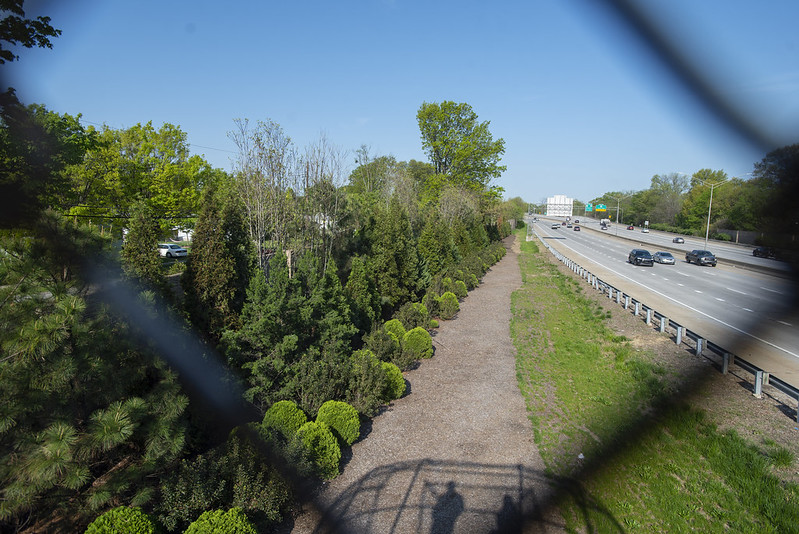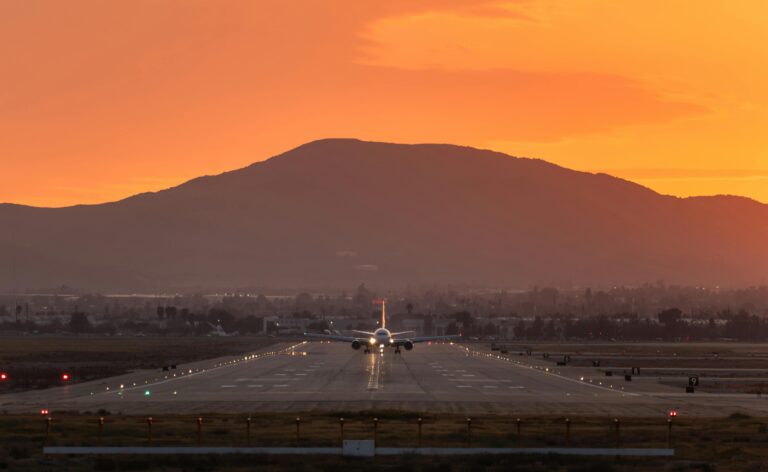Urban Heat Relief: Louisville’s Urban Forestry Transformation
Mike Colagrossi

Louisville, once known for having the fastest-growing urban heat island in the U.S., is flipping the script with a massive investment in urban greenery. In 2023, the city scored a $12.6 million federal grant, part of the $1.5 billion Inflation Reduction Act’s urban forestry initiative, to plant trees in underserved neighborhoods.
But recently the city’s commitment went even further. A $15 million study, dubbed the Green Heart Louisville project, took place over four-square miles and involved 700+ residents, planting 8,000 trees and shrubs.
- Residents in greened areas saw 13-20% lower levels of inflammation—linked to heart disease, cancer, and diabetes—compared to those without new greenery.
Urban… Science? Green Heart Louisville organizers considered the project as “a clinical trial where trees are the medicine.”
Aruni Bhatnagar, the lead investigator of the Green Heart Louisville project, noted that this is the first time a study like this used clinical trial design—a controlled intervention rather than just observation—to measure how adding trees directly impacts human health.
Urban Forestry Health Study
- They planted large, mature trees, not saplings, and placed them strategically in areas with the highest air pollution levels, rather than for aesthetic reasons.
- This evidence-based approach allowed the team to target the most polluted areas, making the positive health outcomes even more impactful.
Starting in November, the University of Louisville’ plans to plant 100 large trees on a three-quarter-acre downtown lot, aiming to reduce temperatures that soar 10 to 20 degrees higher than in outlying areas. Funded by a $1 million local donation, this “microforest” will double as a green oasis and a downtown revitalization effort.



